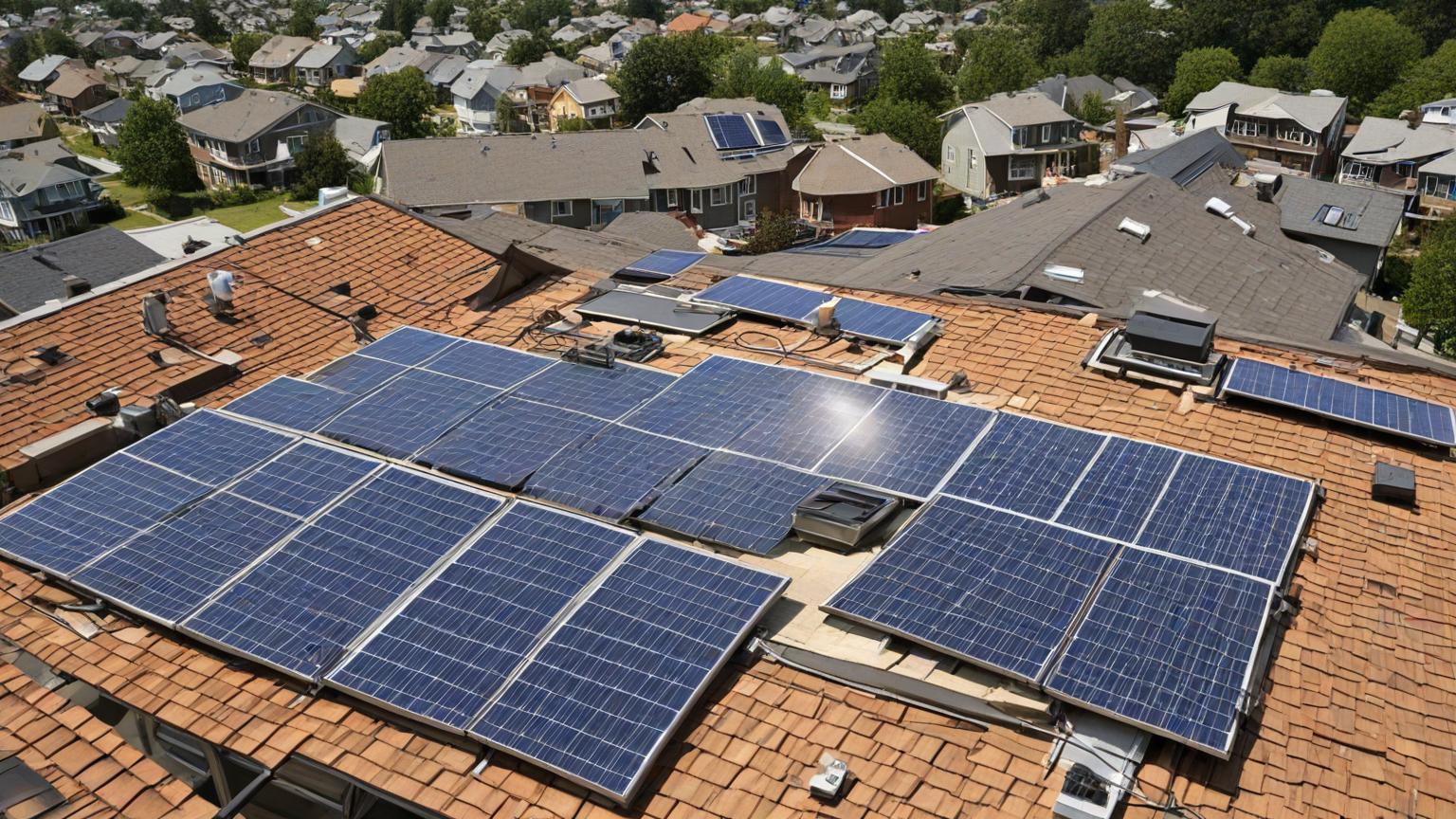The solar energy landscape is evolving rapidly, with technology advancements and policy shifts paving the way for innovative solutions to power communities sustainably. One such solution is community solar, an approach that democratizes access to solar energy, allowing individuals and organizations to participate in the renewable energy revolution without the need for individual solar panels.
Unlike traditional rooftop solar installations, community solar projects are centralized solar power plants that deliver clean energy to multiple customers in the surrounding area. These projects can be an ideal solution for renters, homeowners with unsuitable roofs, and low-income households who may not have the resources to install their own solar panels. By purchasing or subscribing to a portion of the community solar project, participants receive credits on their electricity bills for the power generated, effectively enjoying the benefits of solar without the upfront costs or installation hurdles.
The growth of community solar has been spurred by supportive policies in several U.S. states. Programs are structured in various ways, often as subscription models where customers pay a monthly fee for their share of the solar output, or as virtual net metering systems, which allow participants to receive compensation for surplus energy produced by the community solar farm. This structure gives consumers more control over their energy sources while also contributing to the larger fight against climate change by reducing reliance on fossil fuels.
Despite its many benefits, community solar faces certain challenges that require attention for the model to reach its full potential. Regulatory barriers, such as differing policies across state lines and complex permitting processes, can hinder the development of new projects. Additionally, consumer awareness and education remain critical to expanding community solar participation. Many potential customers are still unfamiliar with how these systems work or the tangible benefits they offer.
Innovation in financing models and community engagement strategies might be the key to overcoming some of these obstacles. Some developers are exploring partnerships with local organizations and municipalities to build trust and awareness within communities. Others are working on creative finance options that lower entry barriers, helping make community solar accessible to a broader audience.
As solar technology continues to advance, community solar projects are also benefitting from increased efficiencies and lower costs. Emerging technologies, like bifacial solar panels and energy storage systems, promise to enhance the performance and reliability of these installations, ensuring that stakeholders get the most out of their investment.
The potential of community solar is vast, not just in terms of clean energy generation, but also as a tool for social equity. By making solar accessible to underserved populations, community solar projects help bridge the energy gap, support local economies, and foster a greater sense of community ownership over shared resources.
In discussing the future of community solar, the narrative of involving grassroots efforts becomes clear. The involvement of local governments, non-profits, and community organizations can empower communities to actively participate in shaping their energy future. This collaborative approach not only strengthens community ties but also ensures that diverse voices and needs are heard and met in the development of solar projects.
As our world transitions to more sustainable energy systems, community solar stands out as a viable, inclusive, and effective solution. By embracing this model, we open the door to a cleaner, more equitable energy future for all.
Unlocking the power of community solar: A grassroots approach to clean energy

